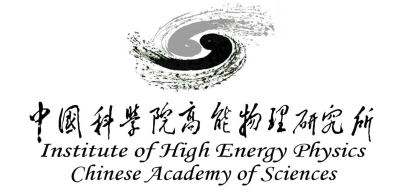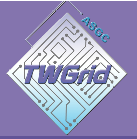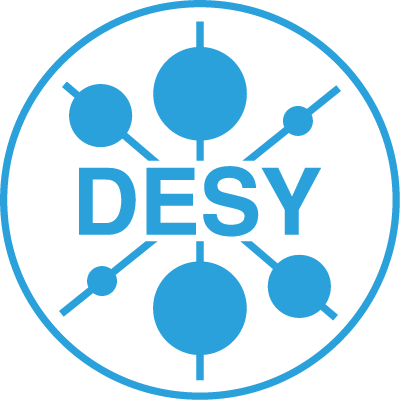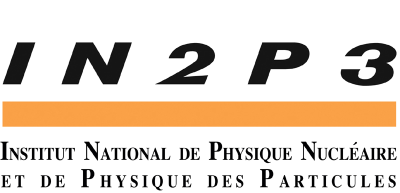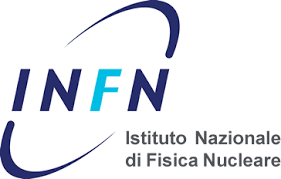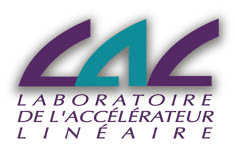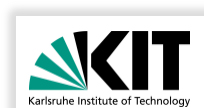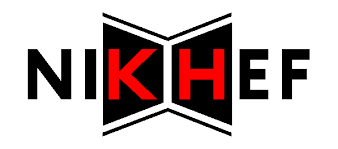About HEPiX
The HEPiX forum brings together worldwide Information Technology staff, including system administrators, system engineers, and managers from the High Energy Physics and Nuclear Physics laboratories and institutes, to foster a learning and sharing experience between sites facing scientific computing and data challenges. Participating sites include ASGC, BNL, CERN, DESY, FNAL, IHEP, IN2P3, INFN, JLAB, KEK, KIT, Nikhef, PIC, RAL, SLAC, TRIUMF and many others. The HEPiX organization was formed in 1991, and its semi-annual meetings are an excellent source of information and sharing for IT experts in scientific computing.
Pre-History
First, throughout the 80s, there was HEPVM, a very successful collaboration of the major HEP labs which concentrated on the IBM VM operating system then in common use. In 1988, in a meeting at Nikhef, there was a first attempt by several European labs to create something similar for UNIX. At CHEP in Oxford later that year, Willem van Leeuwen (Nikhef) tried to get some user support for the idea. Unfortunately, these were without apparent success.
A History of HEPiX
HEPiX really started at CHEP’91 in Tsukuba, Japan. Representatives from SLAC (Les Cottrell), FNAL (Judy Nicholls) and CERN (Alan Silverman) recognised the possibilities and advantages of learning and mastering the brave new world of UNIX in partnership with other institutes. With HEPVM as a model, they proposed to set up a series of regular meetings with invitation to all HEP labs to discuss issues of mutual concern.
They started with 2 Chapters, one in North America, one European, plus a common meeting associated with CHEP conferences. At CHEP Annecy, we decided there was more strength in one world-wide organisation with joint meetings: Meetings to be every 6 months, on opposite sides of the Atlantic plus a meeting associated with CHEP conferences.
The very first meetings were actually scheduled alongside those of HEPVM, for example one in Nikhef in 1993 was called HEPmix.
HEPiX Working Groups
HEPiX forms specific groups from time to time to target specific areas. Some working groups may be long-lived, others may exist to perform a given task and then disband. In general the groups will report their activities either through conference proceedings, by issuing news, by publishing documents or by some combination of these. We will maintain mailing lists of people working in such groups as long as the working groups are active.
HEPNT Created
Meanwhile, in 1997, the HTASC sub-committee of HEP-CCC created HEPNT, chaired by Dave Kelsey of RAL to look into the use of Windows in HEP sites. Initially, HEPNT was a closed group by invitation only although they held their first open meeting in CERN in December 1998. Since October 1999, their meetings have been associated with, subsequently merged with, those of HEPiX.
Participants

The group is intended for High Energy Physics institutes and academic establishments concerned with High Energy Physics. But its activities are not closed and anyone is welcome to participate in its meetings, its maillists, and so on. However, the activities of the group should remain focused on HEP since there are many other forum where general UNIX/Windows topics are covered. Currently, there are over 180 names on the mailing list.
The participants work at the IT departments of the following research institutes:
Spring and Fall
Meetings
Working Groups
HEPiX forms specific groups from time to time to target specific areas. Some working groups may be long-lived, others may exist to perform a given task and then disband. In general the groups will report their activities either through conference proceedings or by issuing news or by publishing documents or by some combination of these. We will maintain mailing lists of people working in such groups as long as the working groups are active. To add your name to a list, see the descriptions of the groups below and contact the convener of the one(s) which interest you. (But remember that most groups will make their results public at the appropriate time so joining an interested party list is not necessary just to get access to the results of the work of any group.) Group details are below and further working documents are available on the wiki"
Active Working groups
Past Working groups
Associate Activities
Contact

Co-Chairs
Tomoaki Nakamura of KEK was appointed Asian Co-Chair at the Fall 2022 meeting in Umea (Sweden), replacing Tony Wong of Brookhaven National Laboratory.
Ofer Rind of BNL was appointed North American Co-Chair at the Fall 2023 meeting Victoria (Canada) to ensure representation for the three continental regions.
Jose Flix of PIC was appointed European Co-Chair at the Spring 2024 meeting in Paris, replacing Peter van der Reest of DESY.
The principal role of co-chair is to coordinate the preparation of the Asian, North American and European HEPiX meetings, helping the local organizers to establish the agenda, the choice of convenors and make sure that the working groups will present their reports during the meeting. They are also working together on all common HEPiX subjects. Co-Chair appointments are for the period of 4 years, and renewable for one additional appointment.
CURRENT BOARD MEMBERS
Tony Wong (BNL), Helge Meinhard (CERN), Ofer Rind (BNL), Pierre-François Honoré (CEA/IRFU), Elvin Sindrilaru (CERN), Peter van der Reest (DESY), Andreas Haupt (DESY), Margaret Votava (FNAL), Jiri Chudoba (FZU), Christopher Huhn (GSI), Gang Chen (IHEP), Sébastien Gadrat (IN2P3), Michele Michelotto (INFN), Tomoaki Nakamura (KEK), Michel Jouvin (LAL), Dennis van Dok (Nikhef), Jose Flix (PIC), David Kelsey (RAL), Frank Würthwein (San Diego Supercomputing Center), Steven McDonald (TRIUMF), Eric Yen (TWGRID), Mattias Wadenstein (UmeaU), Shawn McKee (UMich), Garhan Attebury (UNL), Peter Gronbech (University of Oxford), Ajit Mohapatra (Univ. of Wisconsin, Madison), Andreas Petzold (KIT), Randall Sobie (University of Victoria).
HEPIX Logos
Contact
Information is disseminated via the electronic mailing list hepix-users@hepix.org. To subscribe, send an e-mail to
listserv@listserv.hepix.org with an empty subject and the following line in the e-mail body:
subscribe hepix-users <your first name> <your family name>
You may contact the board members by sending a mail to
hepix-board@hepix.org.







